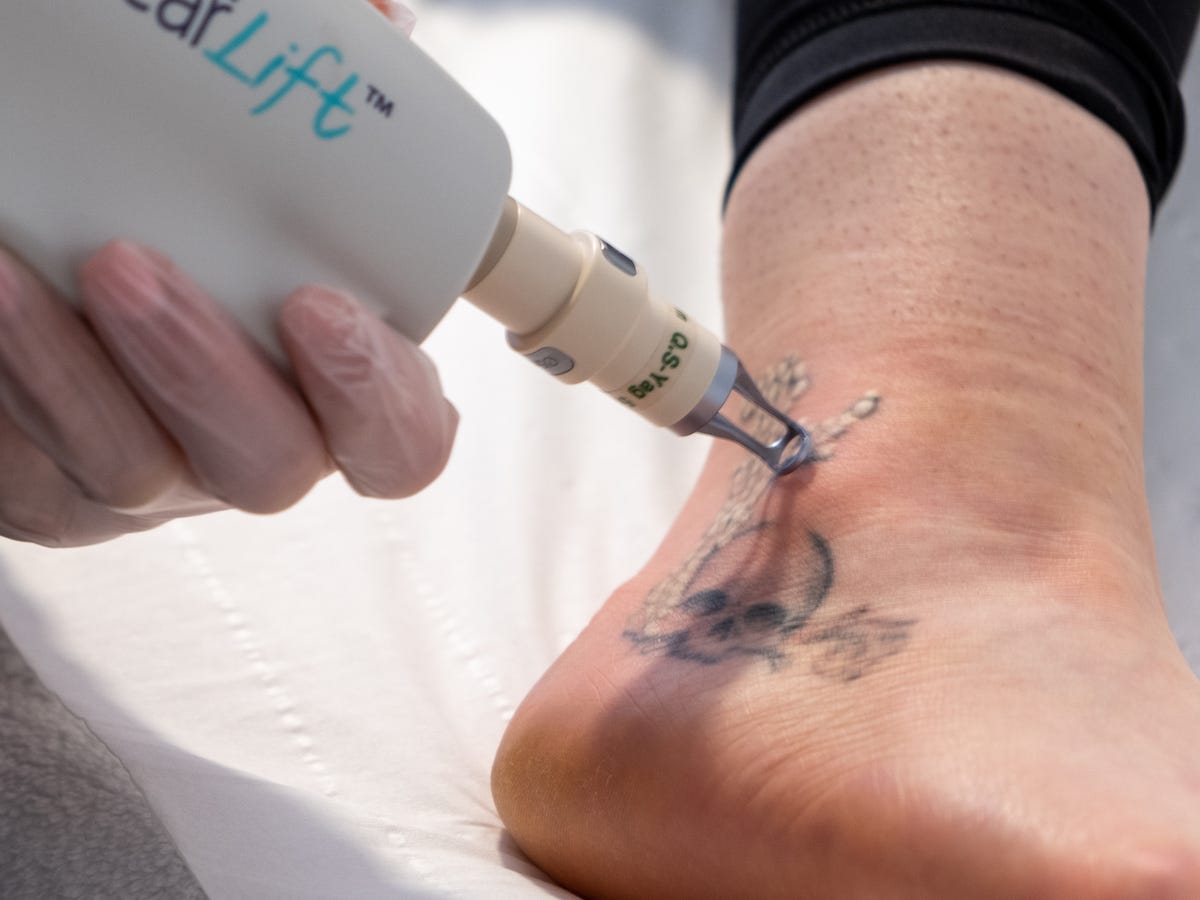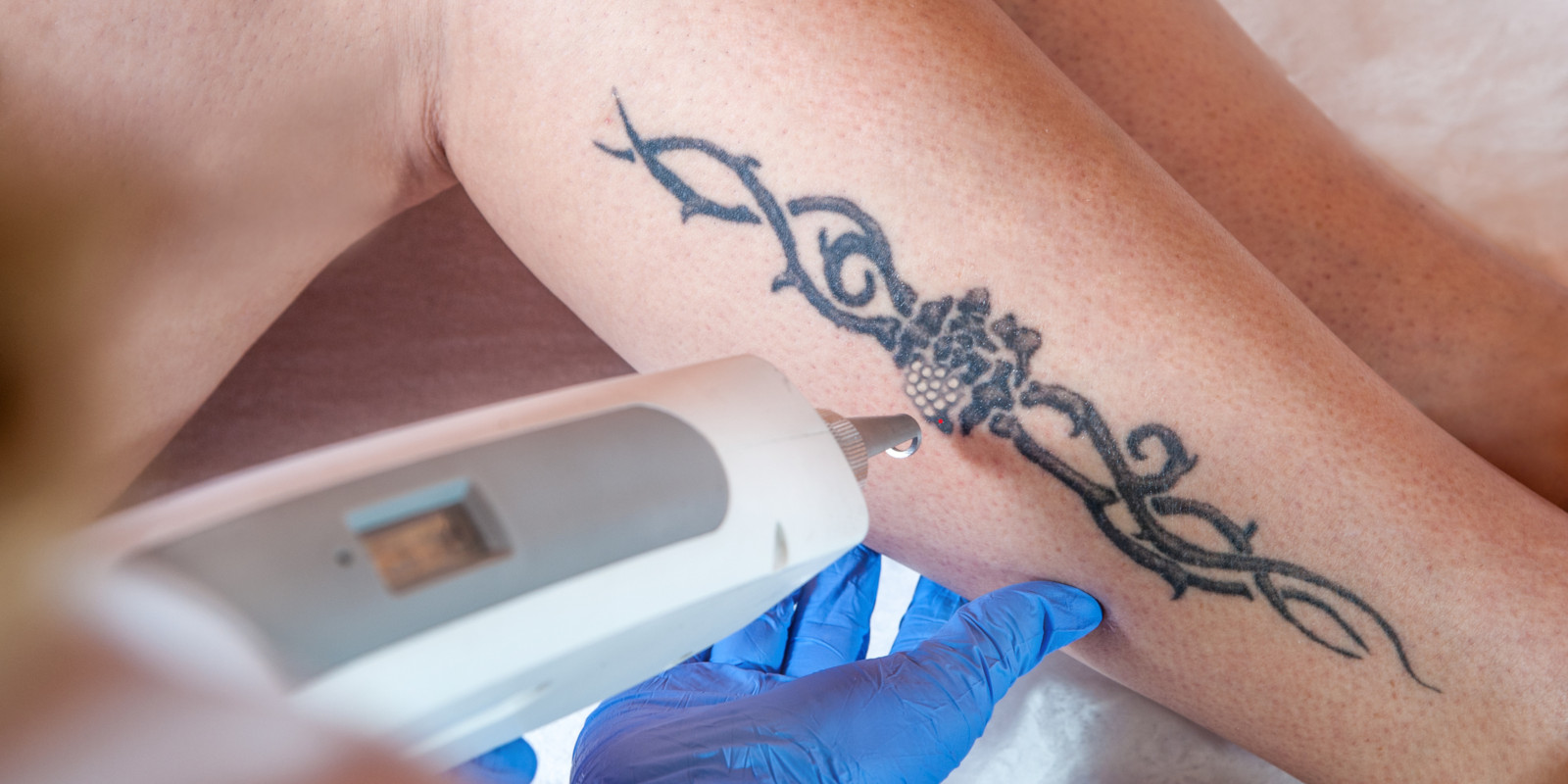Can Laser Tattoo Removal Work on Tattoos That Are Close to the Bone?
Tattoos are an expression of individuality, often inked on the skin for various reasons, whether for personal significance, beauty, or style. However, over time, some individuals may wish to remove or fade their tattoos for various reasons. The question arises: Can laser tattoo removal work on tattoos that are close to the bone? The process of removing tattoos close to the bone poses unique challenges, and this article will explore these challenges, the laser Tattoo Removal Dubai, and the effectiveness of this method in such situations.
Understanding Laser Tattoo Removal
Laser tattoo removal has become one of the most popular methods for eliminating unwanted tattoos. It uses high-intensity laser beams that penetrate the skin to break down the ink particles that make up the tattoo. Over time, the body naturally flushes out these broken particles, gradually fading the tattoo. The lasers target the pigment in the tattoo, and the surrounding skin is largely unaffected. This makes it a highly effective and relatively safe method of tattoo removal.
How the Laser Works
Lasers use short bursts of intense light energy to break apart tattoo ink. The type of laser used can depend on the color of the tattoo ink. For example, Q-switched lasers are commonly used for tattoo removal due to their ability to target specific ink colors effectively. When these lasers are applied to the skin, they heat and shatter the ink particles into smaller pieces. These tiny particles are then absorbed by the body's immune system, which gradually removes them from the body.

The Challenges of Tattoos Close to the Bone
When a tattoo is located near or on top of the bone, certain factors can affect the laser removal process. One of the primary challenges is the proximity of the tattoo to the bone, which impacts the way the laser interacts with the skin. Tattoos on areas like the wrists, ankles, ribs, and elbows can be more difficult to treat effectively due to the bone's proximity. This is because the laser energy may scatter or be absorbed differently than in areas with more fat and muscle. The skin near the bone tends to be thinner and less elastic, making it more sensitive. Since the bone doesn't have the same level of cushioning as areas with more flesh, the laser's energy can behave differently, potentially causing more discomfort or requiring more sessions to achieve desired results. Moreover, the ink in these areas may not break down as easily due to the skin's density and its proximity to the bone.
Skin Differences Around Bone Areas
The skin over areas with little muscle or fat, such as over the bones, is different from the skin elsewhere on the body. The lack of cushioning from fat and muscle can lead to the laser being absorbed differently by the skin. When lasers are used on thicker skin, the energy is absorbed more evenly. However, on areas where the skin is thinner, such as over bones, the energy may have a higher chance of scattering, which could reduce the effectiveness of the laser. In addition, tattoos placed on these thinner areas are often less deeply embedded, which can also affect the results. The tattoo ink may sit closer to the skin's surface, allowing it to be more vulnerable to the breakdown process. As a result, these tattoos might require different laser settings or techniques than tattoos on thicker skin to ensure the laser energy reaches and effectively targets the ink particles.
Pain and Discomfort During Laser Treatment
Laser tattoo removal on areas close to the bone can be more painful than other areas due to the lack of cushioning and the increased sensitivity of the skin. People who choose to remove tattoos from such regions may find the process slightly more uncomfortable. The sensation may be likened to a rubber band snapping against the skin, but with added intensity due to the thinner skin and proximity to bone. While pain tolerance varies among individuals, it is often recommended to use numbing creams or other measures to alleviate discomfort during the procedure. However, the pain intensity experienced will also depend on the tattoo's location and the individual's threshold for pain.

Multiple Sessions May Be Required
Tattoos near the bone often require more sessions compared to tattoos placed in fleshier areas. The reason for this is that the ink in such locations may be harder to break down, and the skin's response to the laser may not be as efficient as in areas with more muscle or fat. For example, areas like the ribs or elbows may see slower fading compared to other locations, which can mean that more laser treatments are necessary for complete or significant tattoo removal. The effectiveness of each session can vary based on factors like the color and density of the ink, as well as how well the body absorbs the broken-down particles. Therefore, individuals with tattoos near the bone should expect a longer treatment process than those with tattoos in more conventional areas.
Tattoo Depth and Ink Type
The type of ink used in the tattoo and how deeply it is embedded in the skin also play a role in the removal process. Some tattoo inks, especially darker colors, are more resistant to laser removal than others. In areas close to the bone, the ink may have been deposited deeper into the dermis, making it harder to break down with laser treatment. This deeper ink placement can require more focused laser energy or more sessions for effective removal. Additionally, certain inks may have unique chemical compositions that make them more difficult to remove. For example, some tattoo colors like green and blue require different wavelengths of light to break down, which might not be as effective on thinner skin or areas close to the bone.
Healing Time and Aftercare
The healing process for tattoos removed near the bone can also differ from other areas. The skin around these regions tends to be more delicate and may take longer to heal due to the constant movement in areas like the elbows or wrists. As the skin heals after each laser session, proper care and attention are needed to avoid irritation or complications that may slow down the process. Additionally, healing might require extra patience in these areas, as the skin tends to be more prone to scarring or discoloration. Following the proper procedures for aftercare will help ensure that the Tattoo Removal in Dubai process is as effective as possible.
Conclusion
Laser tattoo removal can indeed work on tattoos that are close to the bone, but it comes with unique challenges. The thin skin over bones, the proximity to bone tissue, and the tattoo's depth all affect the success and ease of the treatment. While laser technology has advanced significantly in recent years, people seeking tattoo removal in these sensitive areas should be prepared for a potentially longer and more uncomfortable process. Despite these challenges, laser tattoo removal remains one of the most effective methods for fading or erasing tattoos, even in tricky areas near the bone.
